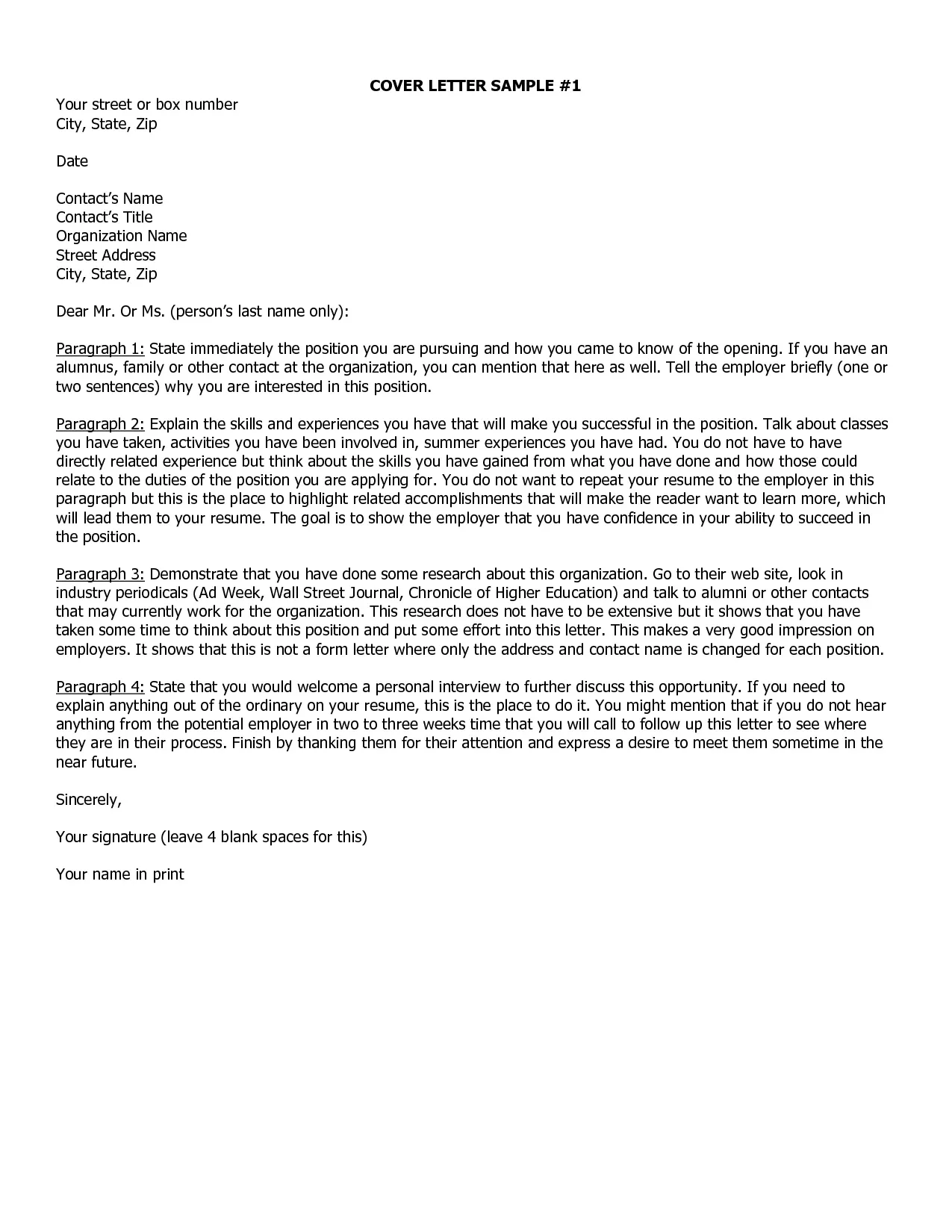Cover Letter Fundamentals
A cover letter is more than just a formality; it’s your first opportunity to make a strong impression on a potential employer. It serves as a personalized introduction, a chance to highlight your skills and experiences, and demonstrate why you’re the ideal candidate for the job. A well-crafted cover letter complements your resume, providing context and showcasing your personality, enthusiasm, and communication skills. It’s essential to view your cover letter as a vital part of your application package, not merely an optional extra. A compelling cover letter can significantly increase your chances of securing an interview, while a poorly written one can lead to your application being overlooked.
Understanding the Purpose of a Cover Letter
The primary purpose of a cover letter is to persuade the hiring manager to read your resume and consider you for the position. It’s your chance to explain why you’re interested in the role and why you believe you’re a good fit for the company. The cover letter allows you to expand on your resume by providing specific examples of your accomplishments and demonstrating how your skills align with the job requirements. Furthermore, it’s an opportunity to express your personality, enthusiasm, and genuine interest in the company and the position. Think of the cover letter as a tool to sell yourself and your skills effectively.
Key Components of a Cover Letter
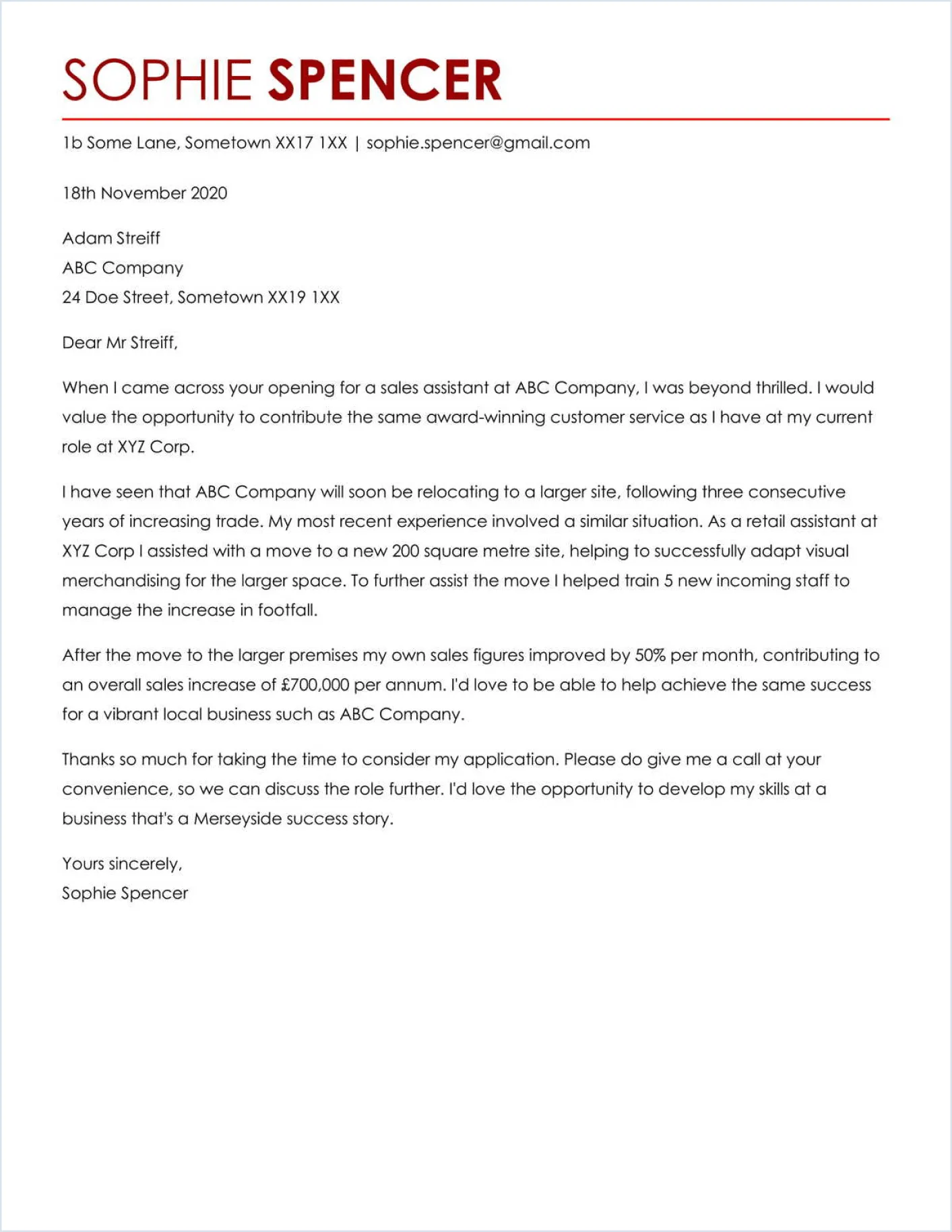
A strong cover letter typically includes several key components. Start with a professional header that includes your contact information and the date. Next, address the hiring manager by name, if possible; otherwise, use a professional salutation. The introduction should immediately grab the reader’s attention and state the position you’re applying for. The body paragraphs should highlight relevant skills and experiences, providing specific examples to back up your claims. Finally, the closing paragraph should express your enthusiasm and include a call to action, such as requesting an interview. Remember to proofread carefully and tailor your letter to each job application.
Pre-Writing Researching the Company & Role
Before you start writing, thorough research is essential. This involves understanding the company’s mission, values, and culture. Explore their website, social media profiles, and news articles to gain a comprehensive understanding of their activities and goals. Researching the role is equally important. Carefully analyze the job description, noting the key skills, qualifications, and responsibilities. This research will provide you with the information you need to tailor your cover letter and demonstrate how your skills and experiences align with the specific requirements of the position and the company’s overall objectives.
How to Find Information
Gathering information about the company and the role involves several strategies. Start with the company’s website; pay close attention to the “About Us” section, career pages, and any press releases. Use LinkedIn to research the company’s employees, especially those in the department or role you’re targeting. Look for company profiles and employee testimonials. Explore social media platforms like Twitter, Facebook, and Instagram to understand the company’s brand image and culture. Use Google to search for news articles, reviews, and any other relevant information. By gathering this information, you will gain insights into the company’s needs and expectations.
Analyzing Job Descriptions
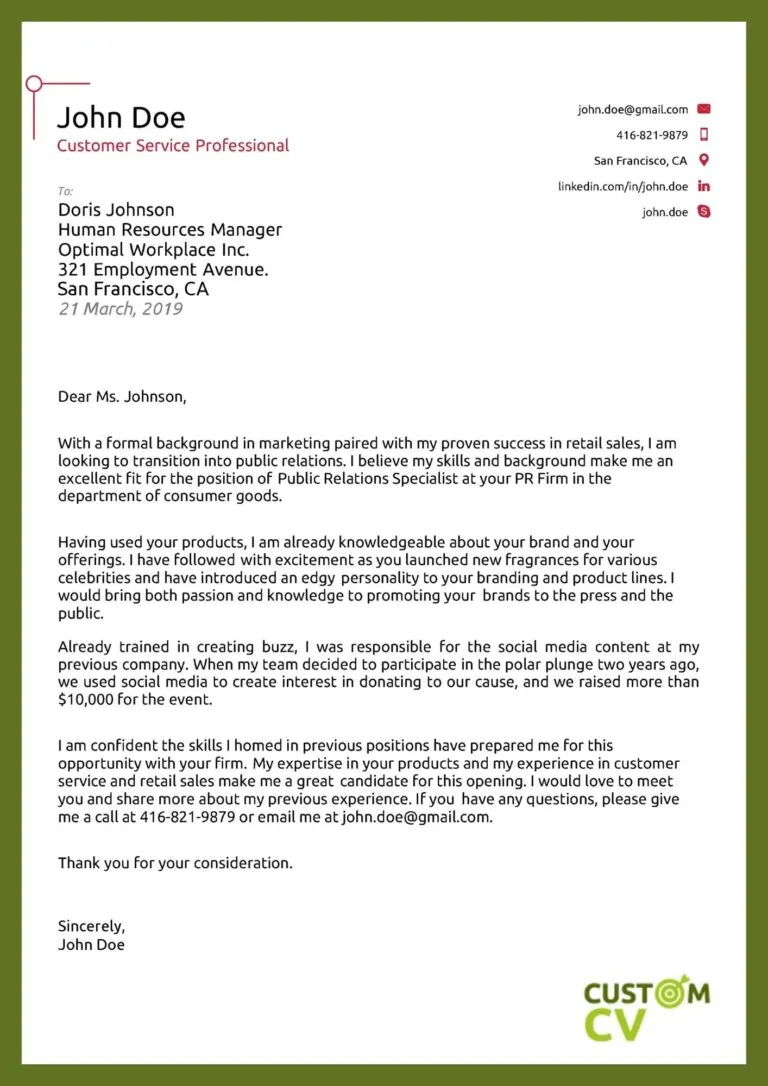
The job description is your roadmap to writing a successful cover letter. Carefully read the job description, highlighting the key requirements, skills, and qualifications. Identify the keywords and phrases used in the description; these are the terms that the hiring manager is looking for. Consider the responsibilities listed and how your past experiences align with these duties. Tailor your cover letter to directly address the job description, using relevant keywords and providing specific examples to demonstrate your qualifications. Make a list of the key requirements and use them as a guide when writing your cover letter. This targeted approach will make your application more relevant and attractive to the hiring manager.
Crafting the Header & Salutation
The header and salutation set the tone for your cover letter. A well-formatted header includes your name, address, phone number, and email address. Include the date as well. Place this information at the top of the letter in a clear, professional format. The salutation is your first opportunity to address the hiring manager. If you know the hiring manager’s name, use it to personalize your letter. If not, use a professional greeting such as “Dear Hiring Manager” or “Dear [Department Name] Team.” Avoid generic greetings like “To Whom It May Concern.” Using the correct header and salutation immediately demonstrates your professionalism and attention to detail, setting a positive impression from the start.
Formatting the Header
The header should be clean, concise, and easy to read. Use a standard font like Arial or Times New Roman, with a font size of 10 or 12. Left-align your contact information and the date. Ensure there’s enough spacing between each element in the header, creating a professional appearance. Consider using a subtle visual separator, like a horizontal line, to differentiate the header from the rest of your letter. Double-check that all your contact information is correct and up to date; this ensures the hiring manager can easily reach you. A well-formatted header presents a polished, professional image and sets the stage for a positive first impression.
Choosing the Right Salutation
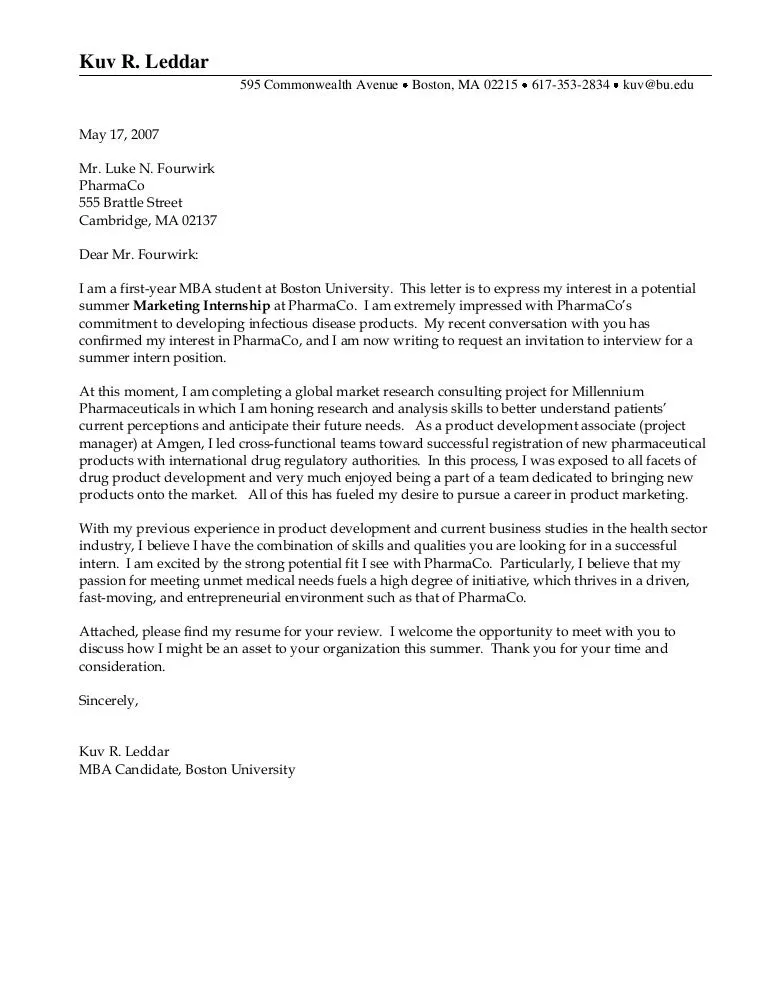
Personalizing your salutation is always the best approach. Research the hiring manager’s name and use it in your greeting, such as “Dear Mr. Smith.” If the name is unavailable, use a professional alternative. “Dear Hiring Manager” is a standard choice, but avoid generic greetings like “To Whom It May Concern.” You can also address a specific department, such as “Dear Marketing Team.” Always double-check the spelling of the name and use the correct title (Mr., Ms., Dr., etc.). Using a personalized salutation shows you’ve taken the time to research the company and the role, demonstrating your attention to detail and genuine interest.
Writing the Introduction Paragraph
Your introduction paragraph is your chance to grab the reader’s attention and set the tone for the rest of your letter. Begin by stating the position you’re applying for and where you saw the job posting. Then, briefly mention why you’re excited about the opportunity and why you believe you’re a good fit. Avoid generic statements like “I am writing to express my interest.” Instead, make a strong opening statement that immediately highlights your key skills or experiences. The introduction should be concise, engaging, and clearly state your purpose. This paragraph should compel the reader to continue reading and learn more about you.
Grabbing the Reader’s Attention
To grab the reader’s attention, start with a compelling hook. This could be a brief statement about a significant achievement, a relevant skill, or a passionate interest in the company. Avoid clichés and generic phrases. Tailor your opening to the specific job and company, demonstrating that you understand their needs and priorities. For example, if the job requires strong leadership skills, start with a sentence about a time you successfully led a team to achieve a specific goal. A strong opening demonstrates confidence, professionalism, and a genuine interest in the opportunity.
Stating Your Purpose
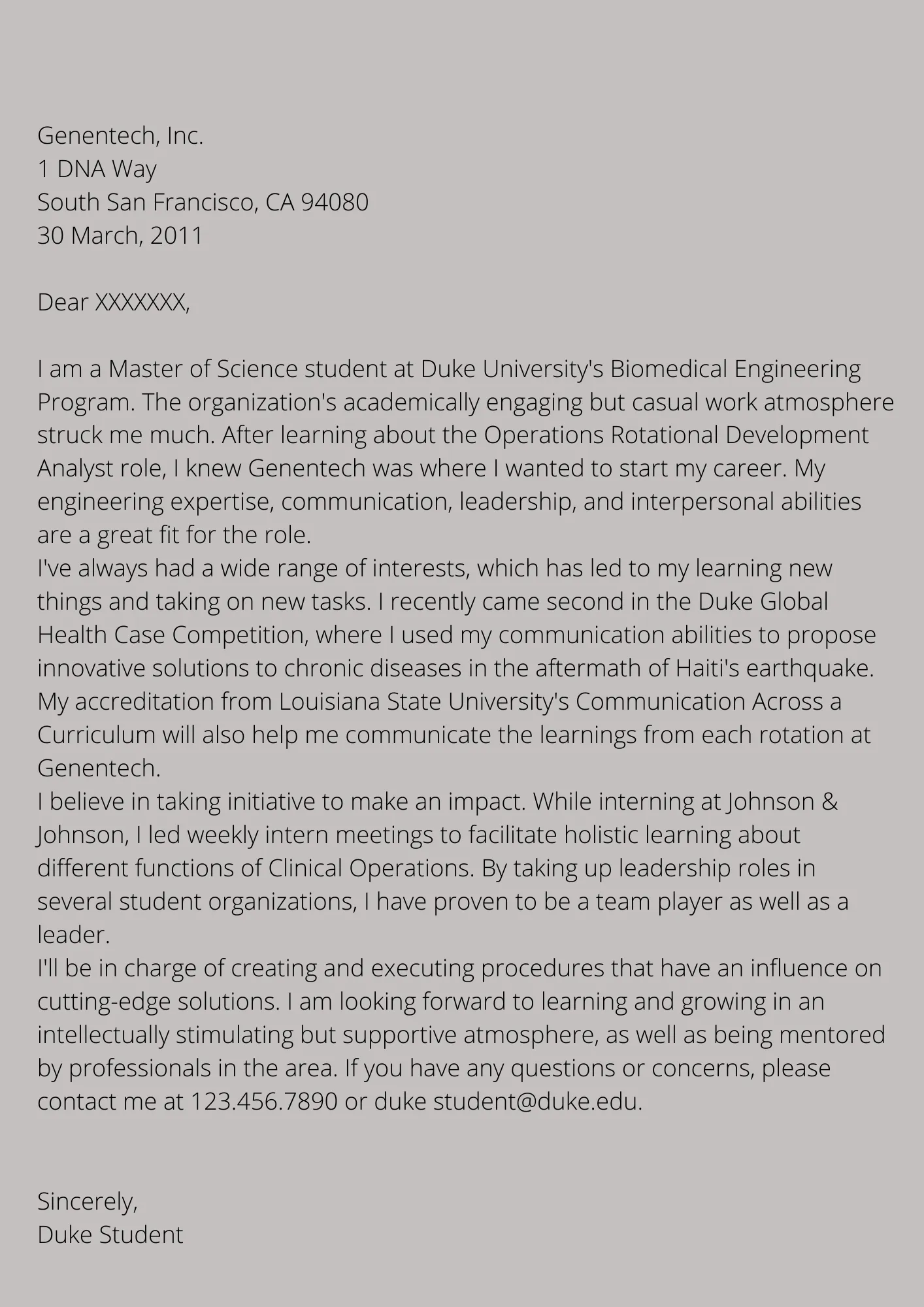
Clearly state the position you’re applying for in your introduction. Mention where you found the job posting, such as on a specific website or through a professional connection. After stating the position, briefly explain why you’re interested in the role and the company. Show enthusiasm and provide a concise overview of your qualifications. Make sure your purpose is clear from the beginning, ensuring the hiring manager understands the context and your intentions. By clearly stating your purpose, you set the stage for a more effective and targeted cover letter.
Developing the Body Paragraphs
The body paragraphs are the core of your cover letter, where you highlight your relevant skills and experiences and demonstrate how they align with the job requirements. Each paragraph should focus on a specific skill or achievement. Provide concrete examples and use the STAR method (Situation, Task, Action, Result) to tell a compelling story. Use action verbs to describe your accomplishments and quantify your achievements whenever possible. The body paragraphs should showcase your qualifications and demonstrate your value to the company, making a strong case for why you’re the best candidate for the job.
Highlighting Relevant Skills & Experiences
Focus on the skills and experiences most relevant to the job description. Don’t simply list your qualifications; explain how you’ve used these skills in the past and what results you achieved. Use the job description as your guide, highlighting the key skills and qualifications the employer is seeking. Provide specific examples of your accomplishments, such as projects you’ve managed, problems you’ve solved, or initiatives you’ve led. Connect your skills to the company’s needs, showing how you can contribute to their success. By focusing on relevant skills, you demonstrate that you have what it takes to excel in the role.
Using Action Verbs to Showcase Achievements
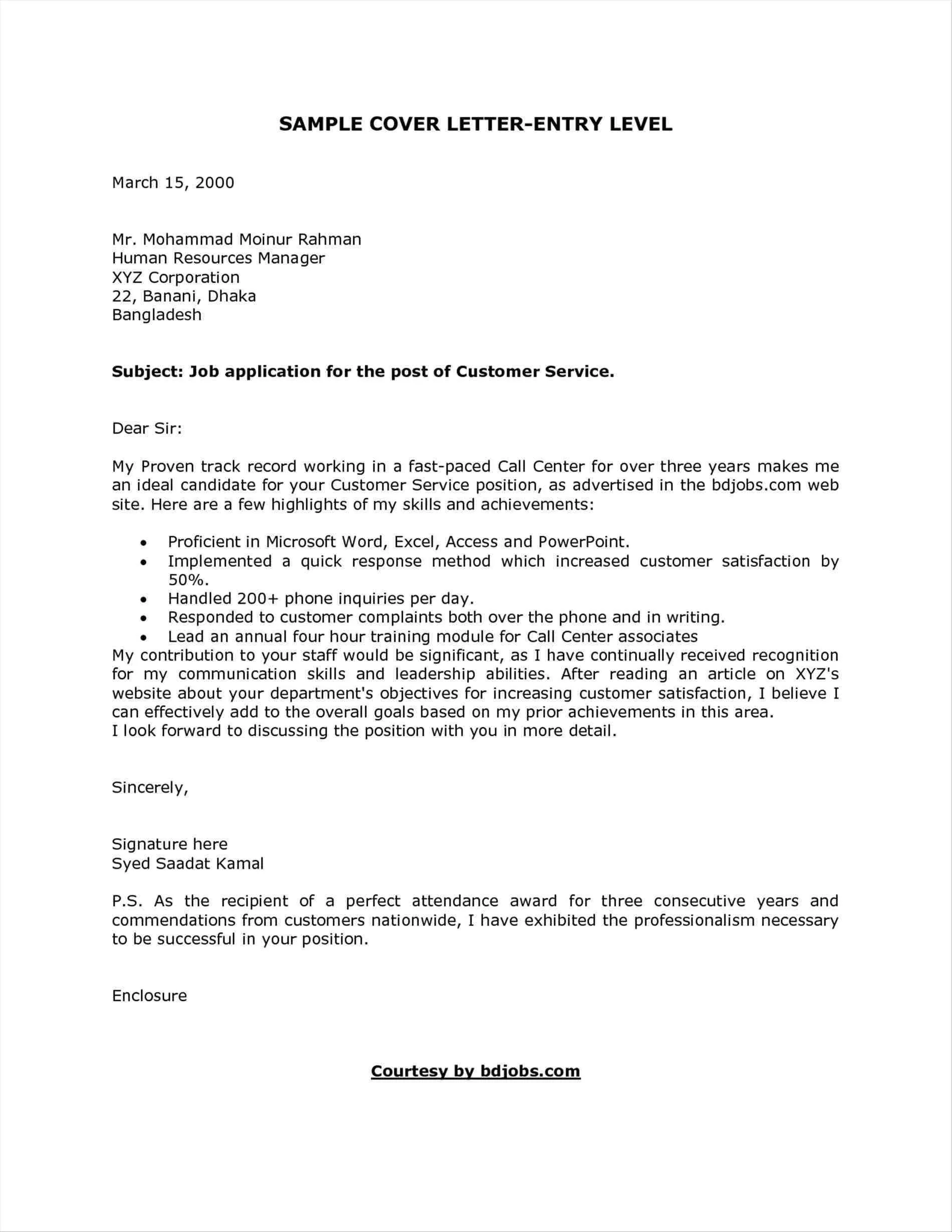
Action verbs are crucial for making your cover letter dynamic and impactful. Start each sentence with a strong action verb that describes what you did. Examples include managed, led, developed, implemented, and improved. Instead of saying, “I was responsible for project management,” say, “I managed projects, delivering them on time and under budget.” Action verbs add clarity and energy to your writing, painting a vivid picture of your skills and achievements. This helps the hiring manager to quickly understand what you have accomplished and how you can contribute to their organization. Use action verbs consistently throughout the body of your letter.
Quantifying Accomplishments
Quantifying your accomplishments adds credibility and impact to your cover letter. Whenever possible, use numbers and data to illustrate your achievements. For example, instead of saying “I improved customer satisfaction,” say “I increased customer satisfaction by 15% through a new support initiative.” Quantifying your results provides concrete evidence of your skills and achievements, making your claims more convincing. Include specific metrics, such as percentages, dollar amounts, or the number of projects completed. This clearly demonstrates the value you brought to your previous roles and how you can contribute to the company’s success.
Writing the Closing Paragraph
The closing paragraph is your final chance to leave a positive impression and secure an interview. Express your enthusiasm for the position and reiterate your interest in the company. Summarize your key qualifications and thank the hiring manager for their time and consideration. Conclude with a clear call to action, such as requesting an interview. Provide your contact information again, making it easy for the hiring manager to reach you. A strong closing paragraph reinforces your key message and leaves the reader with a lasting positive impression, increasing your chances of getting invited to an interview.
Expressing Enthusiasm & Call to Action
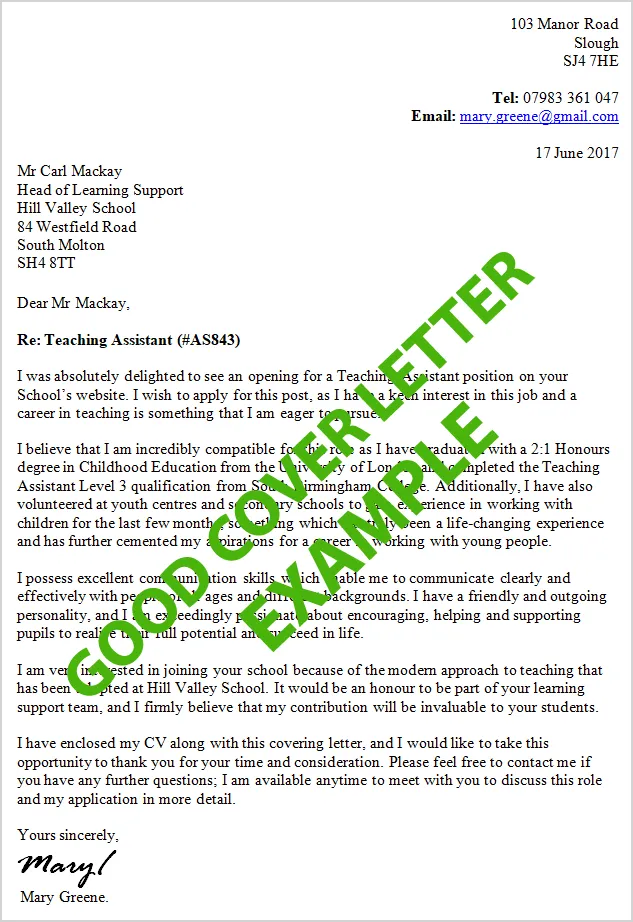
Express your genuine enthusiasm for the opportunity and the company. Demonstrate that you’ve researched the company and are excited about their mission, values, and culture. Briefly summarize your key qualifications and reiterate why you’re a good fit for the role. End with a clear call to action, such as requesting an interview or expressing your availability for a phone call. Be direct and confident, using a phrase like “I am eager to discuss my qualifications further in an interview.” Providing a clear call to action makes it easy for the hiring manager to take the next step and contact you.
Proofreading and Editing
Proofreading and editing are essential steps in writing a professional cover letter. Errors in grammar, spelling, or punctuation can undermine your credibility and detract from your message. Carefully proofread your letter multiple times, checking for any mistakes. Use spell-check and grammar-check tools, but don’t rely on them entirely. Read your cover letter aloud, and ask a friend, family member, or career advisor to review it as well. Pay close attention to the overall flow and clarity of your writing. Ensure that your cover letter is well-organized, easy to read, and free of any errors. A polished, error-free cover letter will make a positive impression and significantly improve your chances of getting an interview.
Common Mistakes to Avoid
Avoid common mistakes that can hurt your chances of getting an interview. Don’t use generic cover letters; always tailor your letter to each job application. Avoid clichés, such as “I am a team player” or “I am a hard worker.” Do not simply restate your resume; use the cover letter to elaborate on your qualifications and provide specific examples. Avoid negative language, such as complaining about previous jobs or criticizing employers. Don’t include irrelevant information or personal details. Avoid typos and grammatical errors by proofreading carefully. By avoiding these common mistakes, you ensure your cover letter presents you in the best possible light.
Proofreading Checklist
Use a proofreading checklist to ensure you catch all errors. Check for spelling errors using a dictionary or spell-check tool. Verify that you’ve used the correct grammar, including subject-verb agreement and pronoun usage. Review punctuation, including commas, periods, and semicolons. Ensure the formatting is consistent and professional. Check that your contact information is accurate and up to date. Verify the company name, hiring manager’s name, and job title are correct. Ensure that your tone is professional and enthusiastic. Have someone else review your cover letter to provide an objective perspective. By using a proofreading checklist, you can be confident your cover letter is polished, professional, and error-free.
